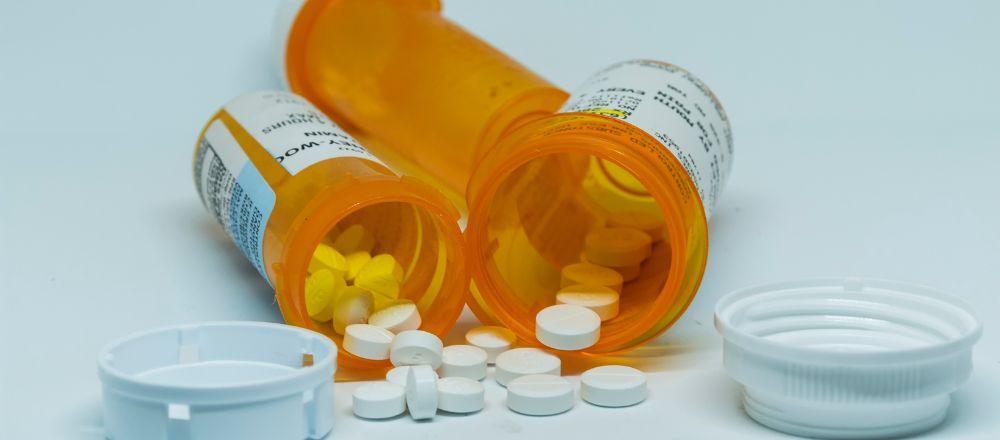Both hydrocodone and oxycodone are analgesics. They interfere with your body’s pain signals. They’re extremely similar, although the negative effects varies slightly. Oxycodone and hydrocodone are opioid analgesics, which are a type of pain reliever. To treat moderate-to-severe pain, a doctor may prescribe opioid analgesics.
Prescribed opioid medicines can be quite helpful in the treatment of pain. Unfortunately, such medicines are highly addictive and often abused. They also have a history of interfering with certain drugs.
Both hydrocodone and oxycodone have been shown in studies to be effective for short-term pain relief. Nevertheless, if you take them for more than a couple of months, your body may develop used to the medicine and it will no longer perform as well. As a result, you need more of it to have the same results.
Effectiveness
Many individuals feel that oxycodone is a more effective pain reliever than hydrocodone. A 2016 research compared the efficacy of an oxycodone-acetaminophen medication combination to that of a hydrocodone-acetaminophen drug combination.
In terms of managing acute musculoskeletal pain, the study showed no significant differences between the two medication combinations. Around 60% of individuals in both groups reported at least a 50% decrease in pain. Both oxycodone and hydrocodone are powerful pain relievers. They will not, however, treat the underlying source of the discomfort.
Because of the risks of dependency and addiction, many doctors advise patients to try non-opioid pain relievers first.
When and How to Take Them
- To treat your pain, you take oxycodone every 4 to 6 hours, or as needed. The same is true if you combine it with another medication, such as acetaminophen, aspirin, or ibuprofen. The extended-release versions only need to be taken once or twice a day.
- Extended-release hydrocodone pills are typically taken every 12 hours. Typically, the extended-release pill is used once day.
- Consult your doctor about whether to take them with or without meals. To consume the extended-release capsules or tablets, drink lots of water.
- Do not discontinue these medications without first consulting your doctor. When your body anticipates medicine but does not receive it, you may experience withdrawal symptoms. Headaches, irritability, and other symptoms may result. Nevertheless, this only occurs if the medication is used on a regular basis.
What are they used for?
Both oxycodone and hydrocodone pose significant dependency and addiction hazards. For those with moderate-to-severe pain, doctors may prescribe either oxycodone or hydrocodone. Those suffering from accidents, cancer, or chronic pain, as well as those recovering from surgery, may fall into this category.
Both medicines are available in extended-release formulations, which are appropriate for patients who have been taking opioids for at least a week and have pain that requires continued therapy.
Opioids can interact with other medicines and are extremely addictive. As a result, they are not appropriate for everyone. Individuals who have a history of drug misuse or are taking medicines that may interact with opioid medications should avoid using them.
Are they addictive?
Both oxycodone and hydrocodone can develop to dependency and addiction, especially if a person uses either medication at a high dose or for a lengthy duration. Tolerance to oxycodone or hydrocodone may develop over time. In order to maintain their pain relief, patients may begin taking the medicine more frequently or at a larger dose than their doctor suggested.
Opioid addiction is a huge public health issue. According to the Substance Abuse and Mental Health Services Administration (SAMHSA), 10.3 million adults over the age of 12 misused opiates in 2018. The great majority of these people were misusing prescription pain medicines.
Primary care facilities, such as general practice clinics and community health centers, experience a high number of opioid addiction patients. According to the Centers for Disease Control and Prevention (CDC)Trusted Source, one in every four patients undergoing long-term opioid therapy in a primary care environment develops opioid addiction. To lessen the risk of drug misuse, a person should work closely with their doctor to routinely assess their opioid dose and overall pain management plan.
Summary
Opioid drugs include oxycodone and hydrocodone. Such drugs may be prescribed by a doctor to treat moderate-to-severe pain. In terms of effectiveness and cost, there is virtually little difference between the two drugs.
Both oxycodone and hydrocodone, being opioid medicines, pose significant hazards of dependency and addiction. These dangers rise with prolonged usage or large doses. Many doctors advise patients to try non-opioid pain relievers first.
There are several nonopioid prescription drugs, mind-body pain management approaches, and complementary therapies available as alternatives to opioids. A person can consult with their doctor about the best therapy alternatives for them.
Our trusted online pharmacy sells hydrocodone and oxycodone!
It is our primary aim to provide our loyal clients with the best prices and service that we are capable of providing. We are medical professionals that assist individuals overcome health challenges. We are open 24 hours a day, 7 days a week, and you may place your order at any time. Our Online Pharmacy sells hydrocodone and oxycodone at the most affordable prices.

